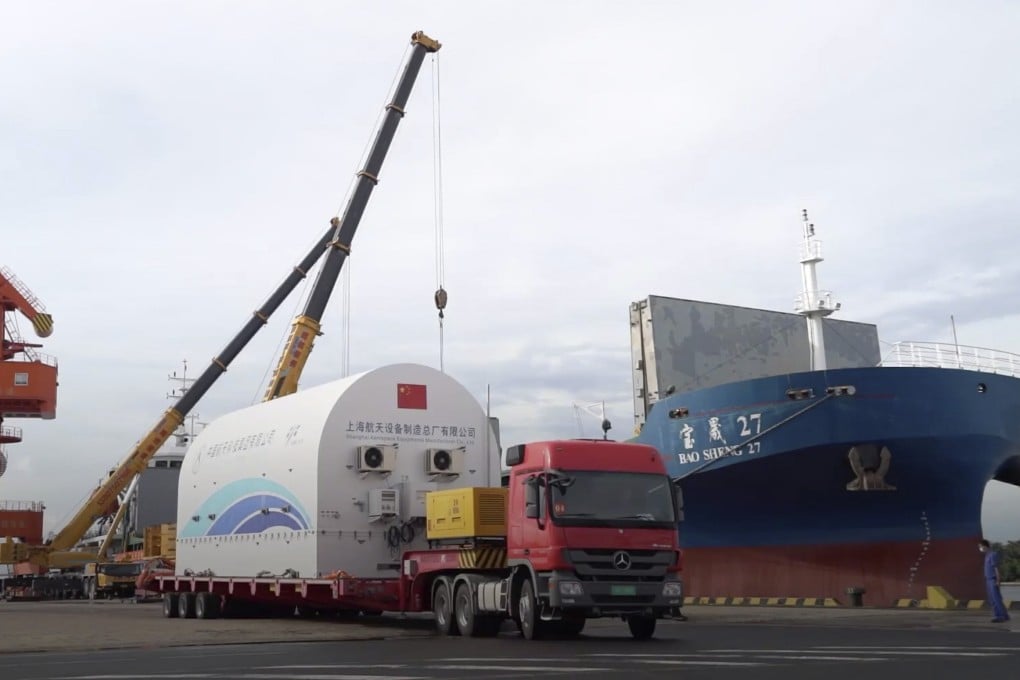Chinese atomic clock trio bound for Tiangong space station in boost to GPS, dark matter probes
- Devices of exceptional accuracy seen to have profound implications for GPS, national defence, deep space exploration and fundamental physics research
- System will be about thousands of times more accurate than clocks on navigation satellites, China’s top space scientist says

The clocks can work together to measure time with 10-17 stability – or missing one second every few billion years – the chief scientist of the Chinese crewed space programme said.
The devices have been packed inside a pair of fridge-sized cabins and are waiting to lift off from the Wenchang spaceport in southern China in October, Gu Yidong told a recent national space science assembly in Taiyuan.
The system will be about three orders of magnitude – or thousands of times – more accurate than the hydrogen maser (an acronym for microwave amplification by stimulated emission of radiation) clocks on navigation satellites.

They will have profound implications for hyper- accurate positioning, national defence, deep space exploration, and fundamental physics research, Gu said.